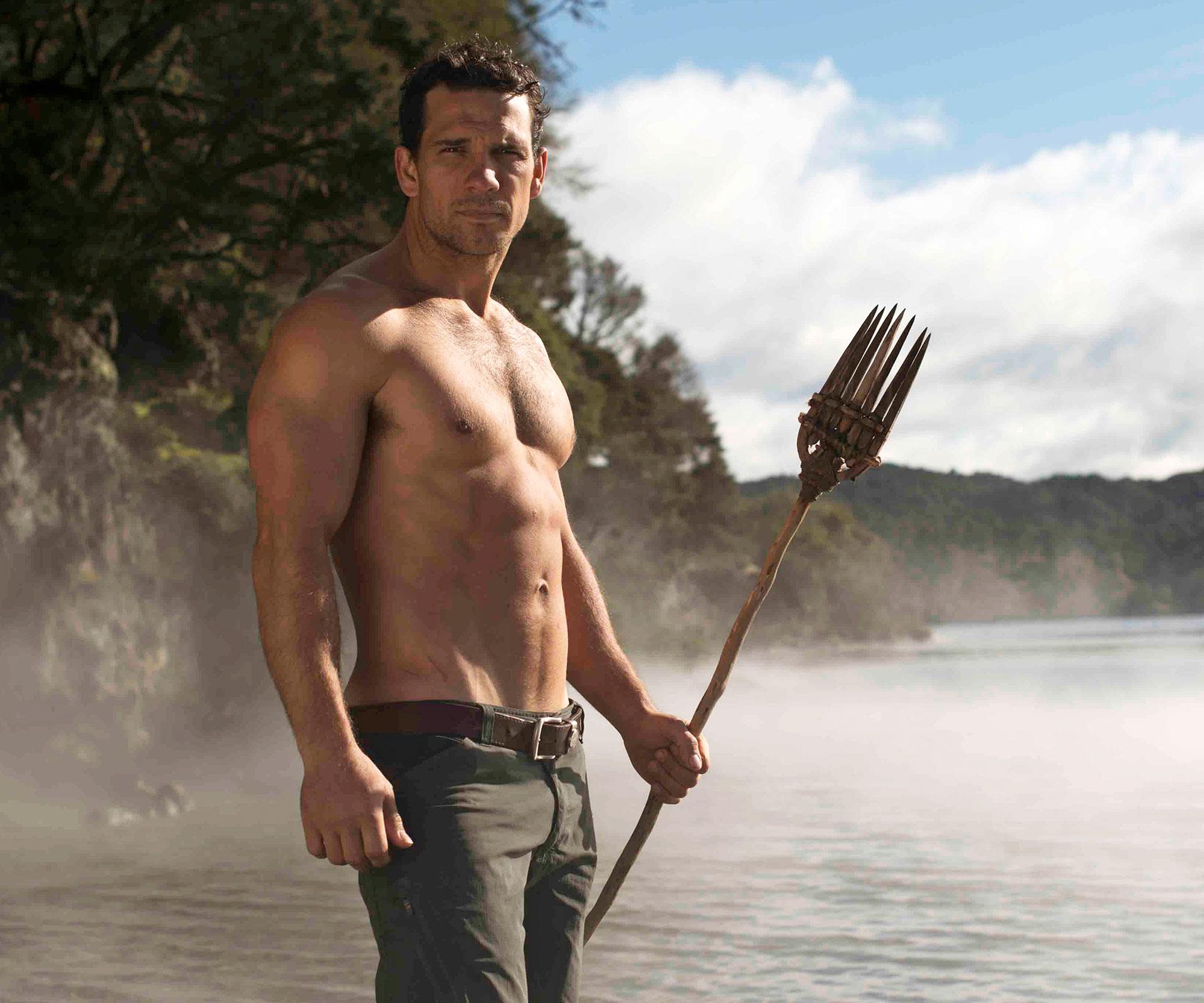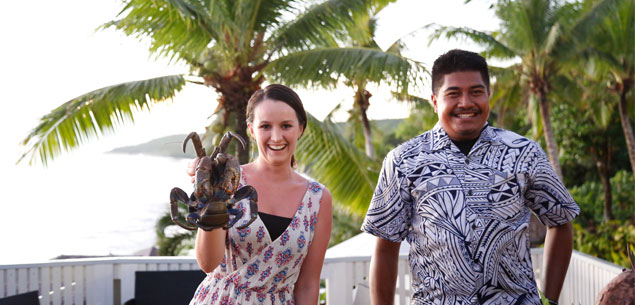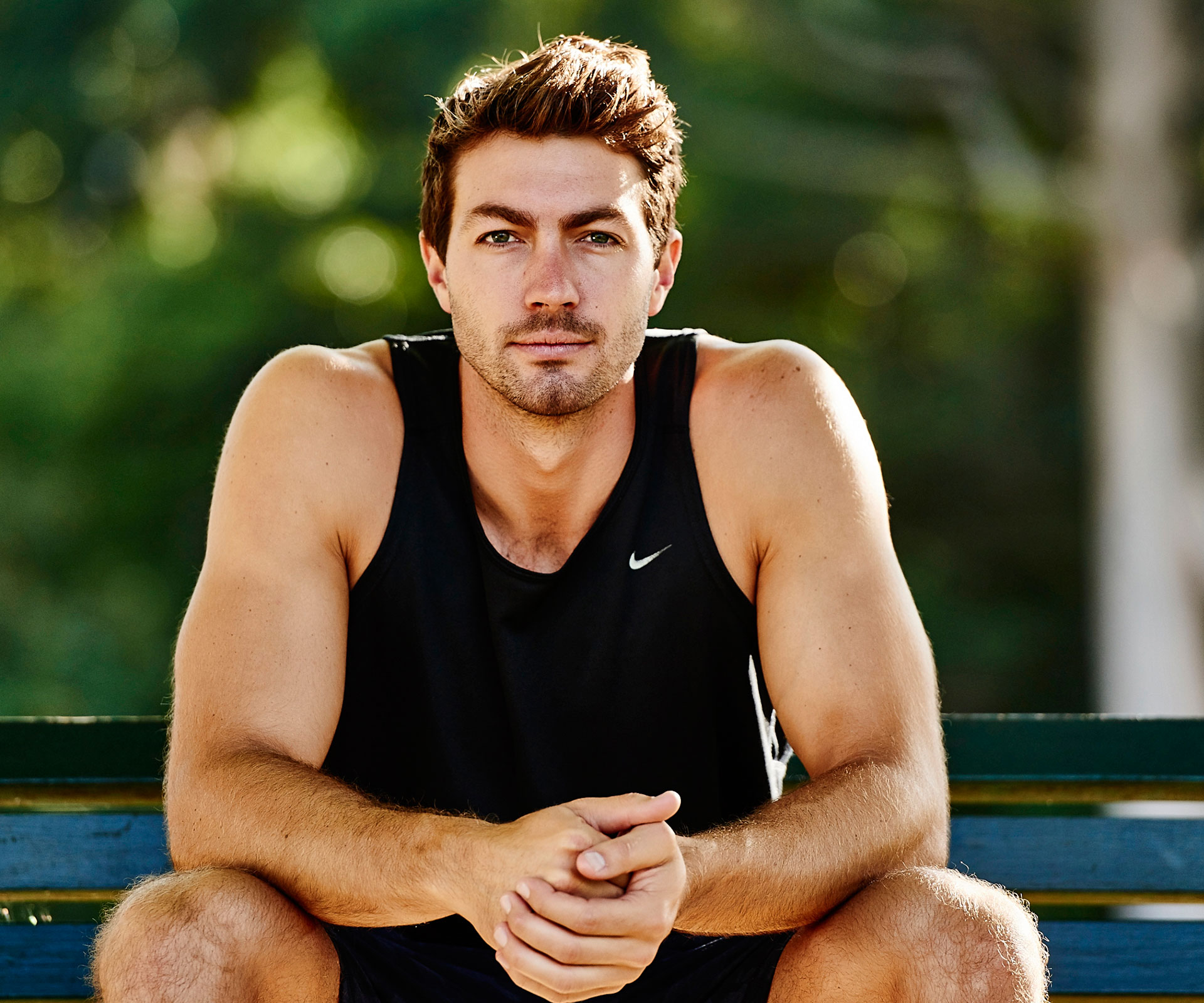Q. Wild Survivor was filmed in Australia and New Zealand. What was the most physically challenging episode?
A. Walking up the volcano in Tarawera near Rotorua in New Zealand was particularly hard. I had injured my Achilles tendon and it was the end of the journey so I was exhausted. It took a lot of effort to keep going. In the same episode I had to cross a freezing river. My body temperature dropped so much I couldn’t really think properly. I’m a sook when it comes to cold weather.
Q. You’re of aboriginal decent, has your cultural background taught you any key survival techniques?
A. I wouldn’t consider myself a survival expert but I’m familiar with the bush. I’ve had a lot of knowledge passed onto me by local elders and community members; everything from fire-starting to food gathering and observational skills. I’ve learnt that if you sit and watch your surroundings you get a better understanding of the pattern cycles in the bush and how ecosystems work.
Q. What steps did you take to prepare yourself physically and mentally for Wild Survivor?
A. A wide variety of cross-training plus a lot of running, bush trials and some swimming. I can’t run on a treadmill because it feels like I’m going nowhere. I researched survival techniques as much as I could but none of it made sense until I got out into the bush and put it into practice.
Q. Describe a situation during filming in which you felt the most uncomfortable.
A. Walking along ridgelines and the tops of volcanoes in New Zealand. These were perilous ridgelines; if I fell there was no one there to catch me. We had a safety officer as part of the crew, but I wasn’t roped or on a safety line. It was pretty dangerous. In the Australian episode, I had to raft from one island to the next, racing against 12 metre tides – a few times I thought the raft was going to get engulfed by the water. I could see heaps of sharks and crocs.
Q. Did your scientific background help?
A. Quite a bit. I have always tried to look at the bush through a scientific lens and see where I can apply basic scientific processes to understand my environment, such as trial and error and pattern recognition. I studied land management and have a bachelor in wildlife science which has helped me understand basic ecological principles, like where animals live and which ones are dangerous or edible.
Q. What survival techniques did you learn while filming the two New Zealand episodes?
A. I learnt the fire plough method of starting a fire and the traditional ways to find crayfish using crayfish traps. I also learnt how to weave with flax which was really valuable because flax is incredibly versatile. I used it to carry ember between camps to make it easier to start fires.
Words by: Daisy Sillis


